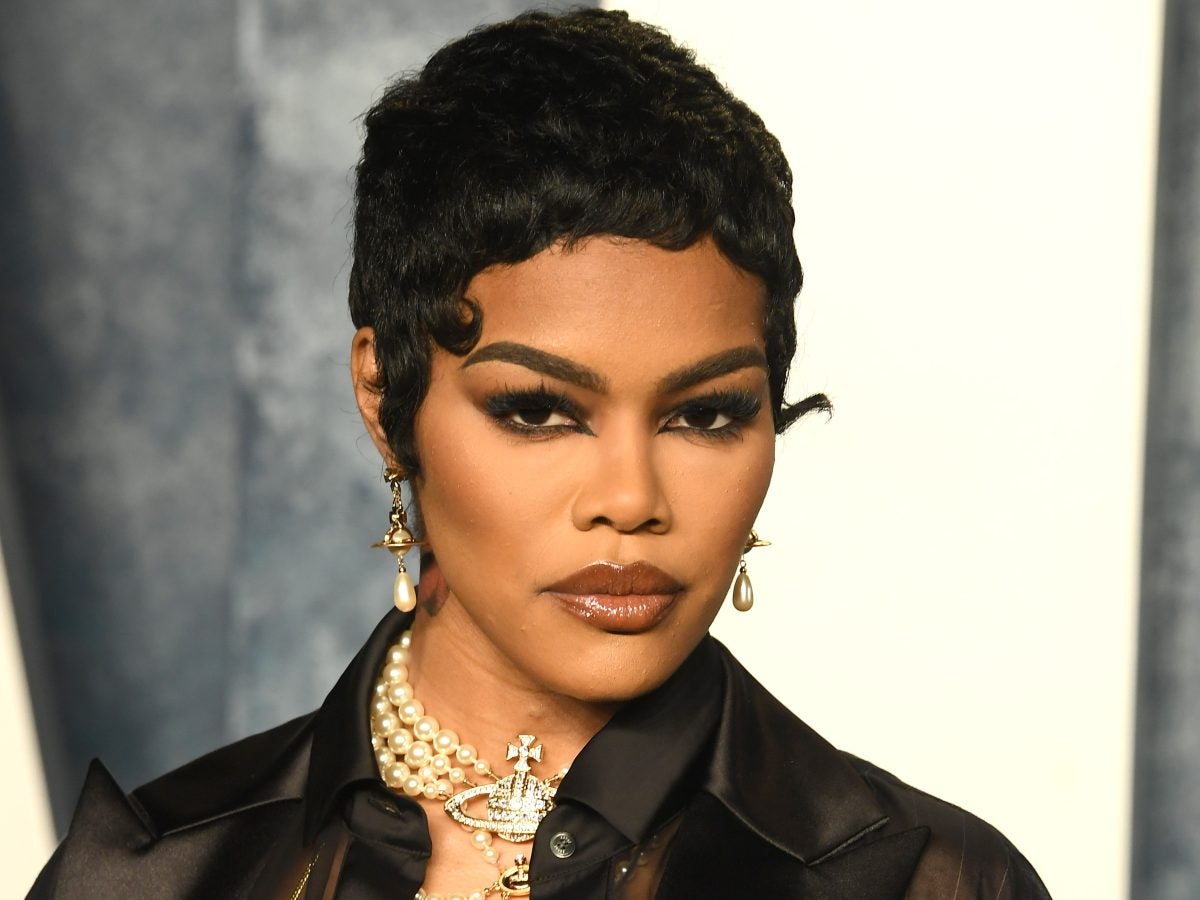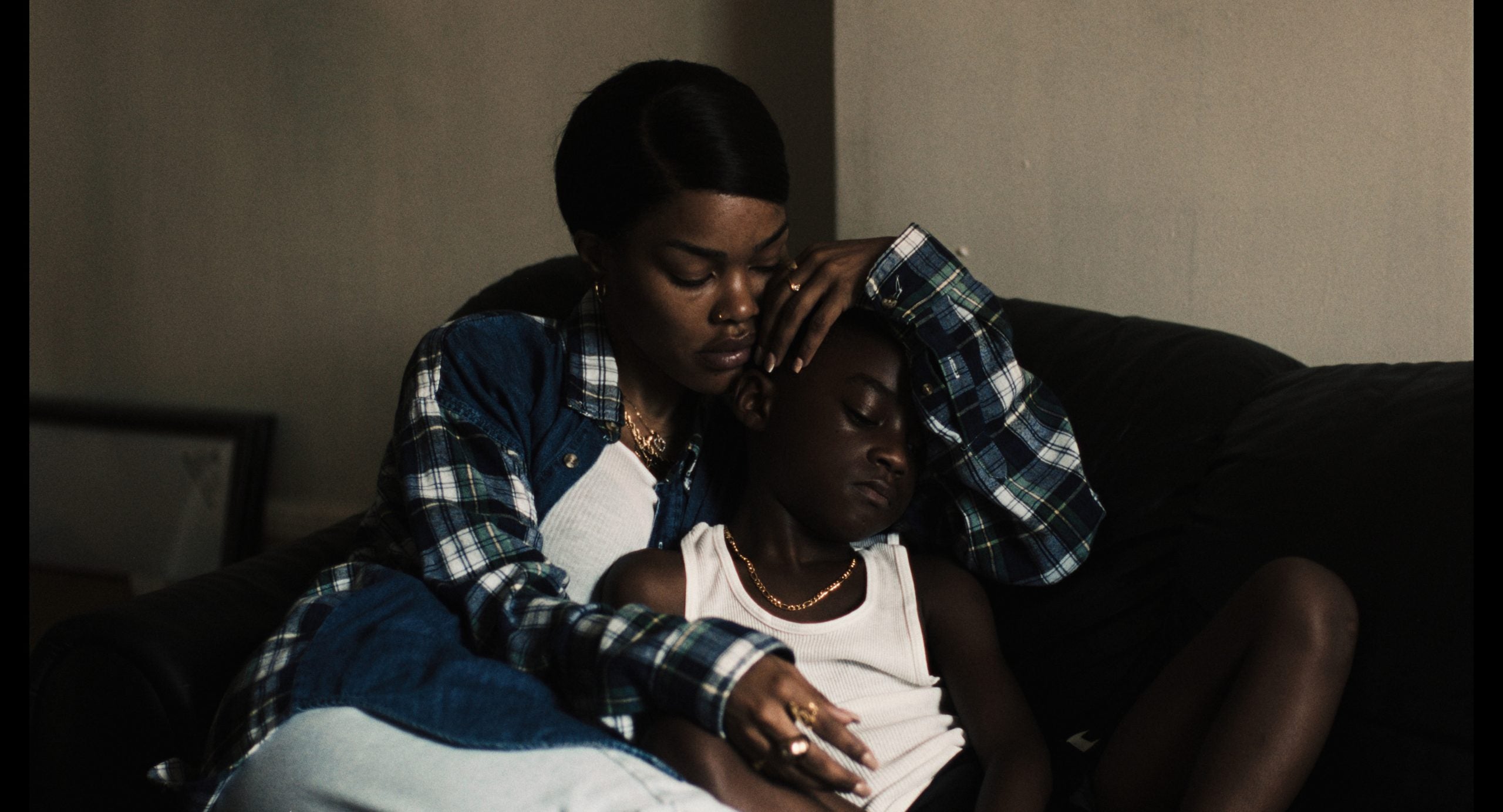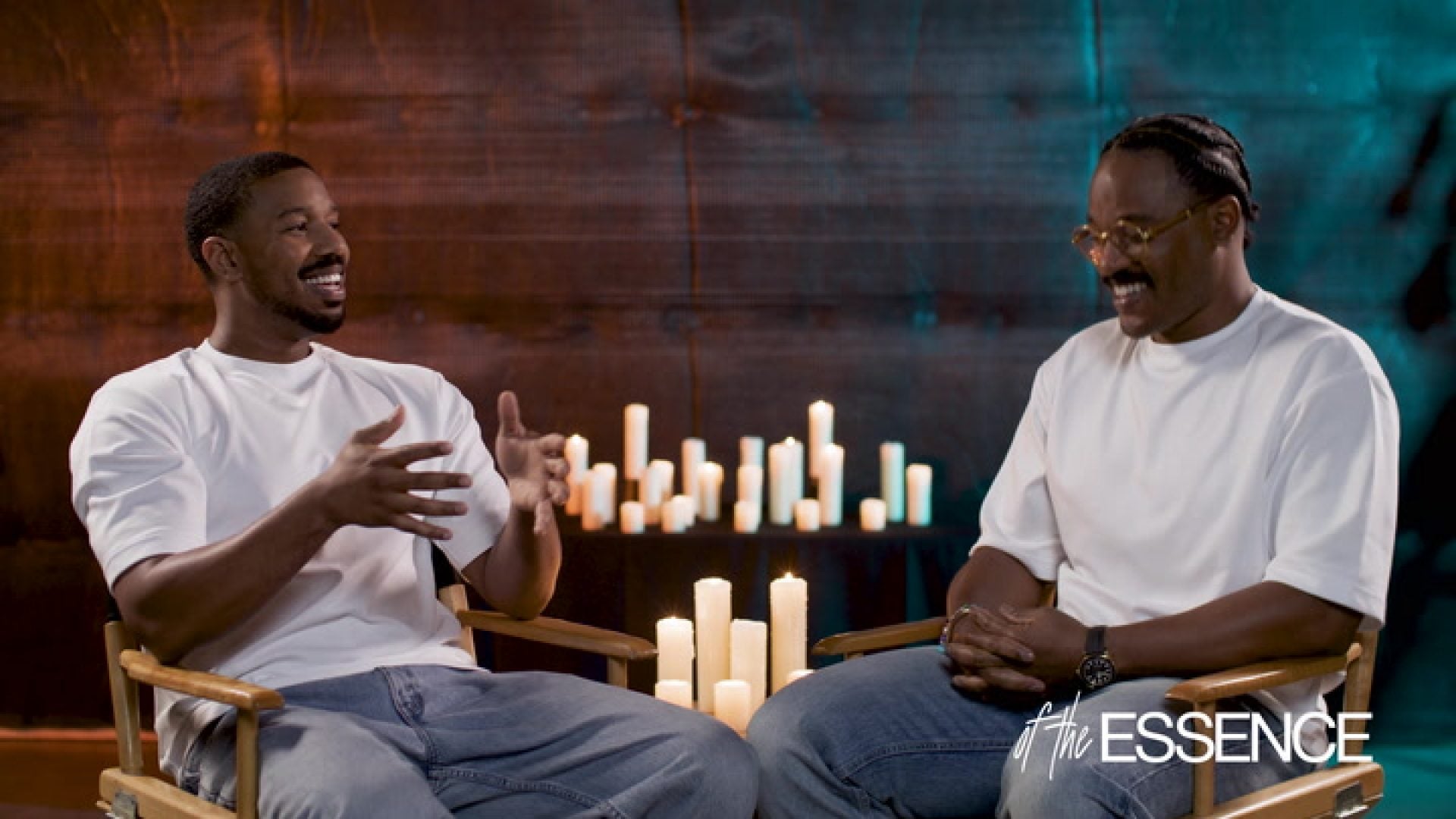
Teyana Taylor has found her breakout role in A Thousand and One, the Sundance Grand Jury Prize-winning drama from writer/director A.V. Rockwell and executive producer Lena Waithe. The story follows Taylor as Inez, a 22-year-old navigating life and parenthood to a young son in early 90’s NYC with few resources and little access.
However, beyond the possible movie star-making dramatic turn for the songstress/producer/choreographer, Taylor reveals that Rockwell’s poignant script struck multiple personal chords with her.
“I instantly connected with Inez,” Taylor says. “I think a lot of us, as Black women, could relate to Inez mentally and emotionally because a lot of her battles are the same things that we’re battling. We’re fighting to be loved, protected, seen, and valued.”
After nearly a year-long stint at Riker’s Island for a theft charge, Inez runs into her 6-year-old son, now in foster care. After he’s injured in an accident at his foster home, Inez makes a decision for both of them that will alter the trajectory of their lives forever.

The film follows the highs and lows of their relationship over the next decade, an experience that Taylor describes as eye-opening for her not only as a mom of two herself, but as a daughter to a single mother who was raised in the same neighborhood her character chooses to raise her son in.
“It made me appreciate my mom’s struggles and everything she went through to make sure I had a better life,” Taylor says. But it also gave her a peek into what may be in store for her as her children grow into teens themselves. “Also as a mother, I’m like, ‘Oh my God, he’s talking back. Is Junie going to talk back when she’s talking to me when she’s this age?'”
Despite the story of small, yet impactful triumphs through adversity and the focus on the transformative nature of a mother’s love and the power of family, regardless of how nontraditional, many have already pegged this film as a “struggle film” cliché, with all the markers of impoverished Black inner city communities and the near impossible to escape systemic challenges they face. But for Taylor, it’s simply a look at the realities she and so many from neighborhoods like Harlem grew up in – not an exploitation of stereotypes.
“People from New York really know that this sh*t is real life,” Taylor tells us. “And that’s what I loved about this movie because it’s real.”

“It is an emotional thing and the only counter [to that narrative] is for people to really just go and see it because I don’t think that it fits into a stereotype. I think that this is something that is refreshing, something I feel like we haven’t seen in a very long time, and something I think will open up the eyes of a lot of people to really just appreciate us Black women and mothers in general. There’s no race, there’s no color, on a hardworking mom just trying to get it done.”
The environment through which Inez has to fight is nearly a character itself. A rapidly gentrifying, early aughts New York City presents another hurdle for mother and son to jump as a family. But the constantly spinning wheel of change (and the predatory practices that make such progress possible) prove even more daunting than the crime, poverty, colorism, and other issues they’ve had to dodge for years. Again, art imitates life all too accurately in this plotline, and it proved challenging for Taylor who saw the real-life changes to her hometown of Harlem – easily one of NewYork’s most gentrified neighborhoods – firsthand while filming.

“I think that was the heaviest part,” she says. “To go back home and thinking that you’re going to see something that is a huge part of you be erased, it’s very heavy.”
“Back when we were younger, it was harder to process and understand what was really happening in our surroundings. We just knew what we felt and it felt good, it felt colorful, it felt vibrant, it felt homey. It felt very mom and pop shop. The things that we needed and wanted felt very accessible. So to go back to that now as an adult, is so eye-opening to see from then to now how much that has changed. How much of our history and our coming of age has been changed and erased.”







The transformation of New York City is also demonstrated through Taylor’s own transformation throughout the course of the film, a testament to her skill embodying the role.
“Inez and New York were neck and neck with the change,” she says. “You see Inez was young and vibrant and colorful and just flourishing. And then you see her become just as gray, just as cold and glass as the new buildings that we see now.”
A Thousand and One opens in theaters everywhere March 31.








